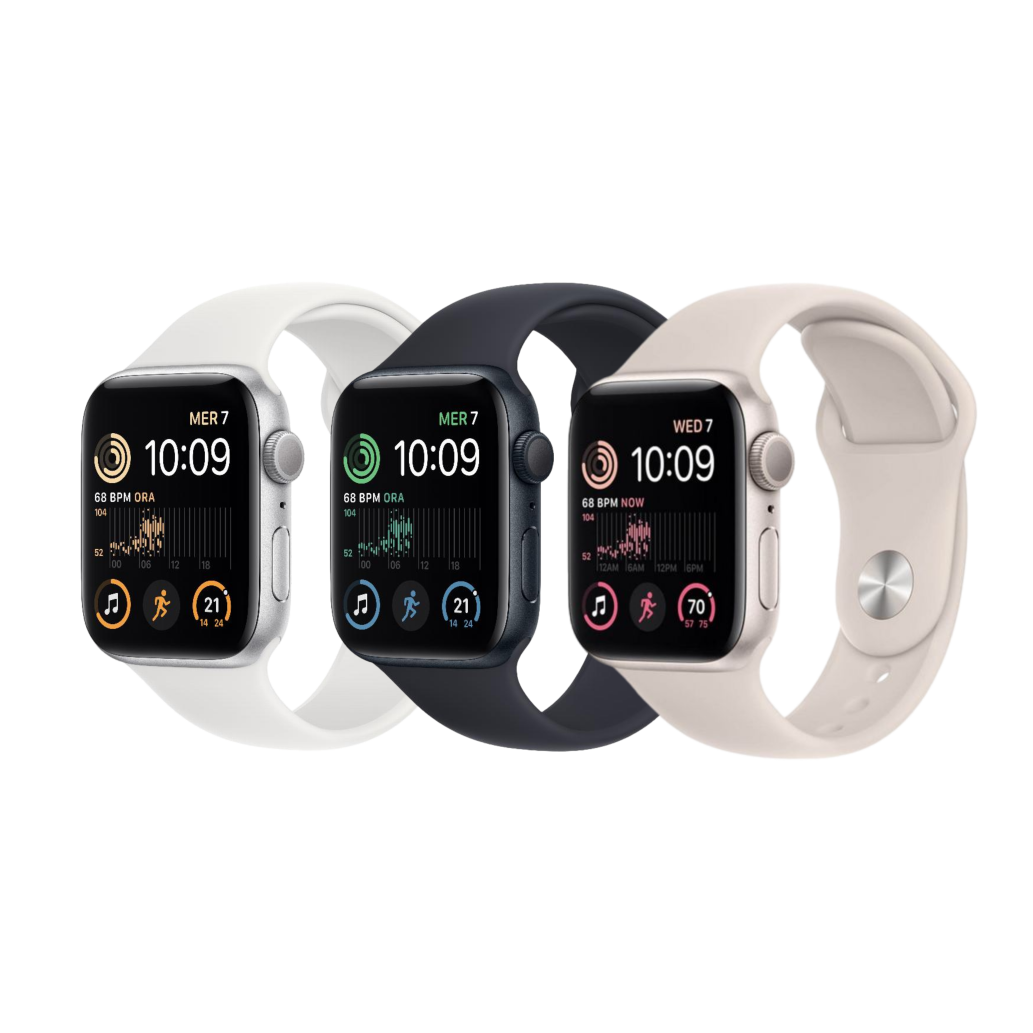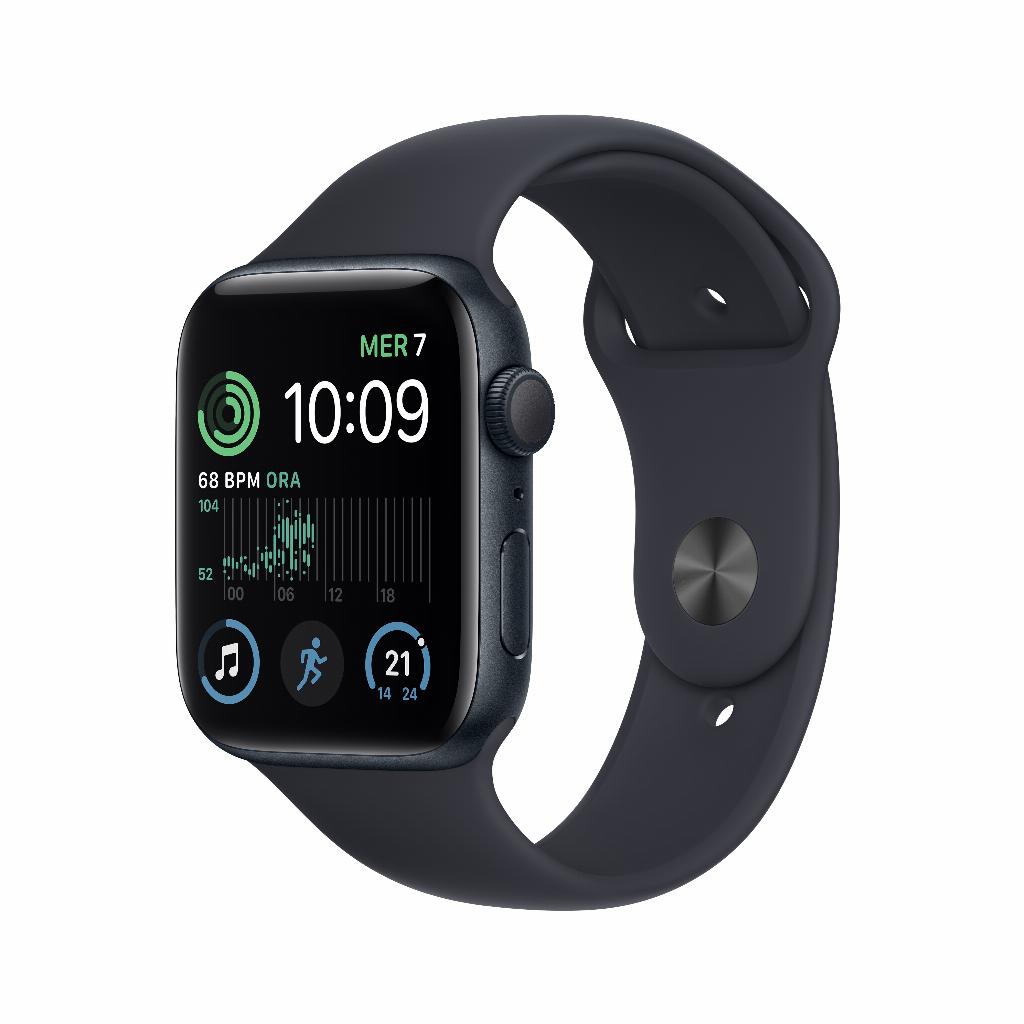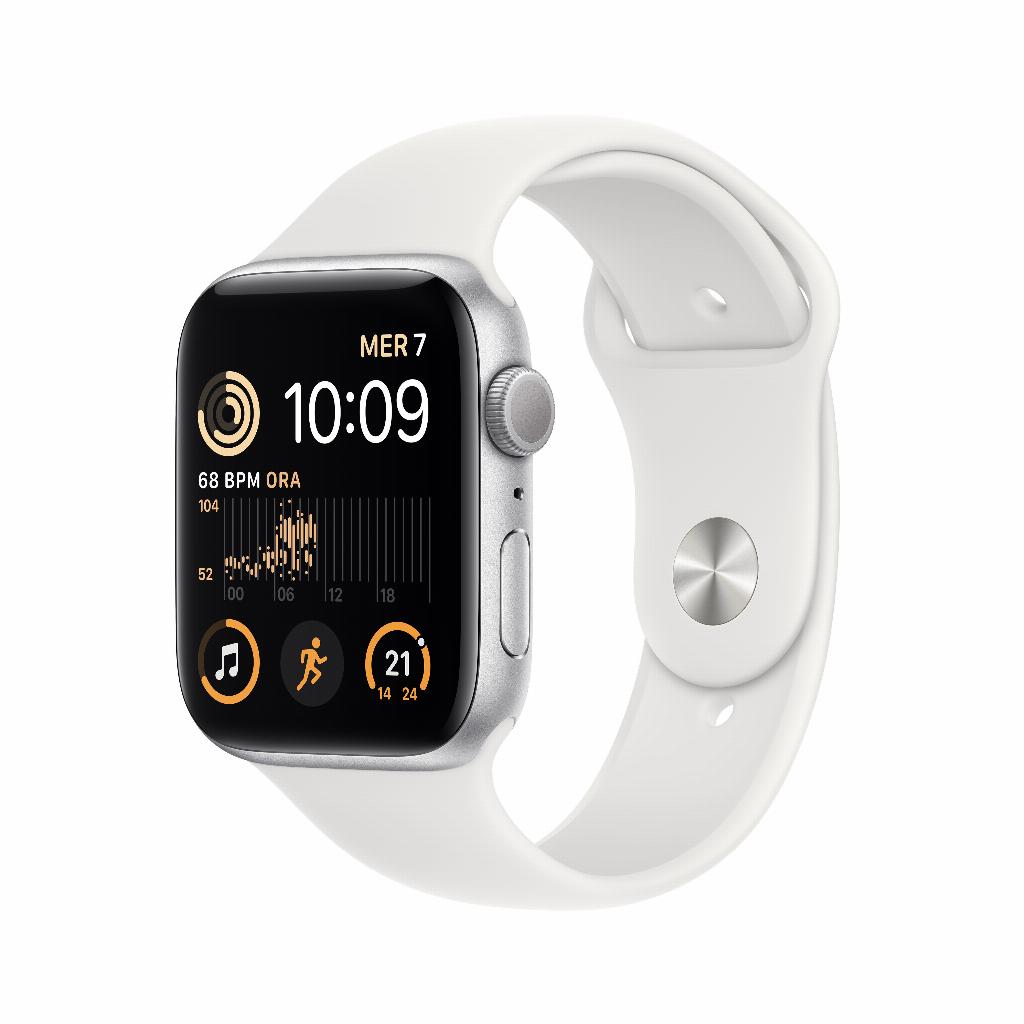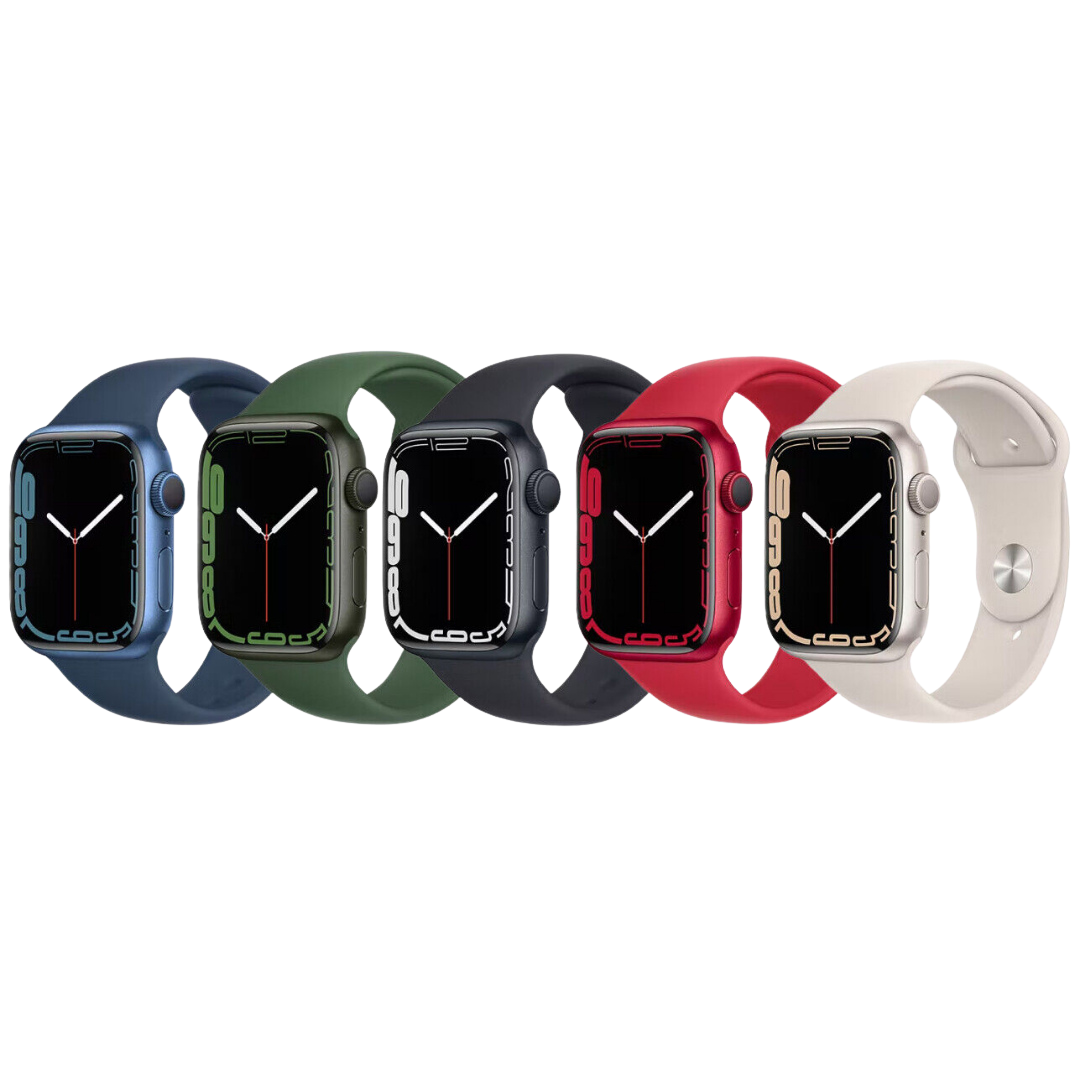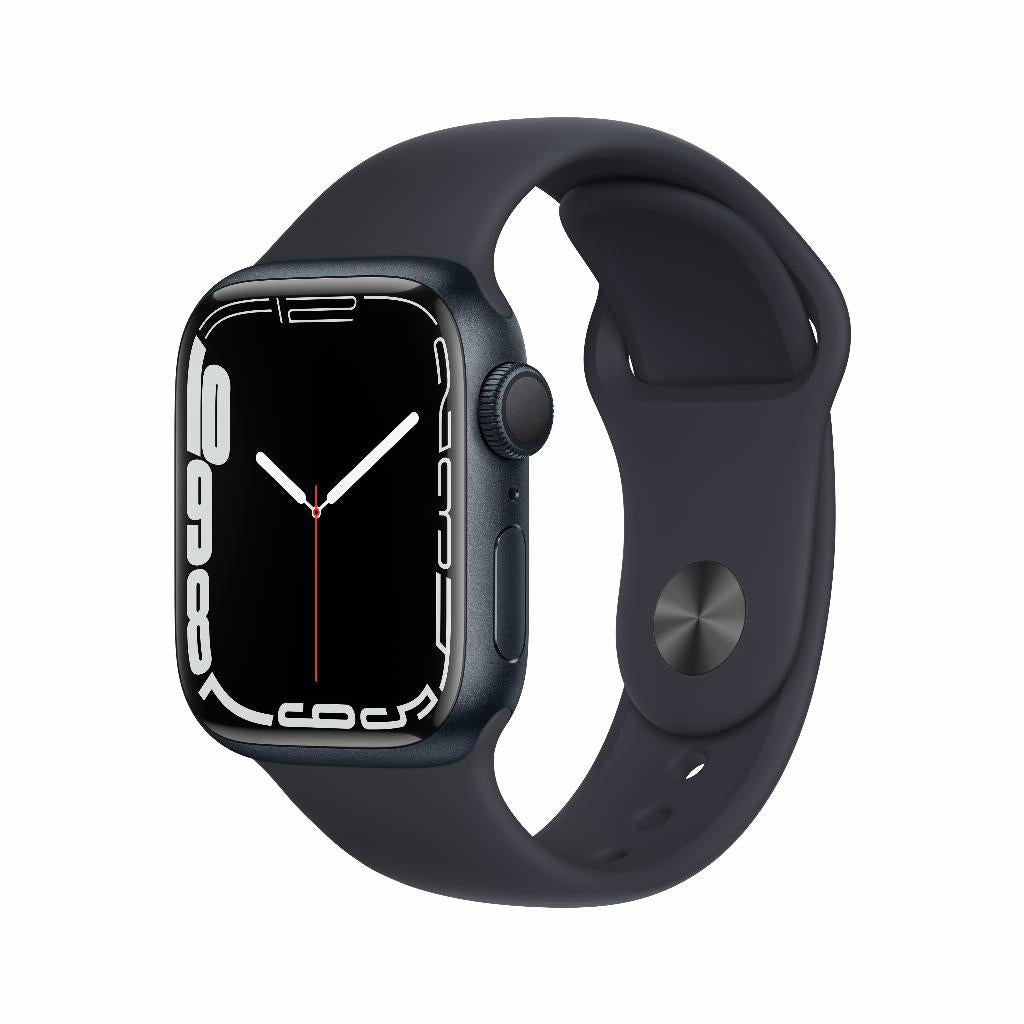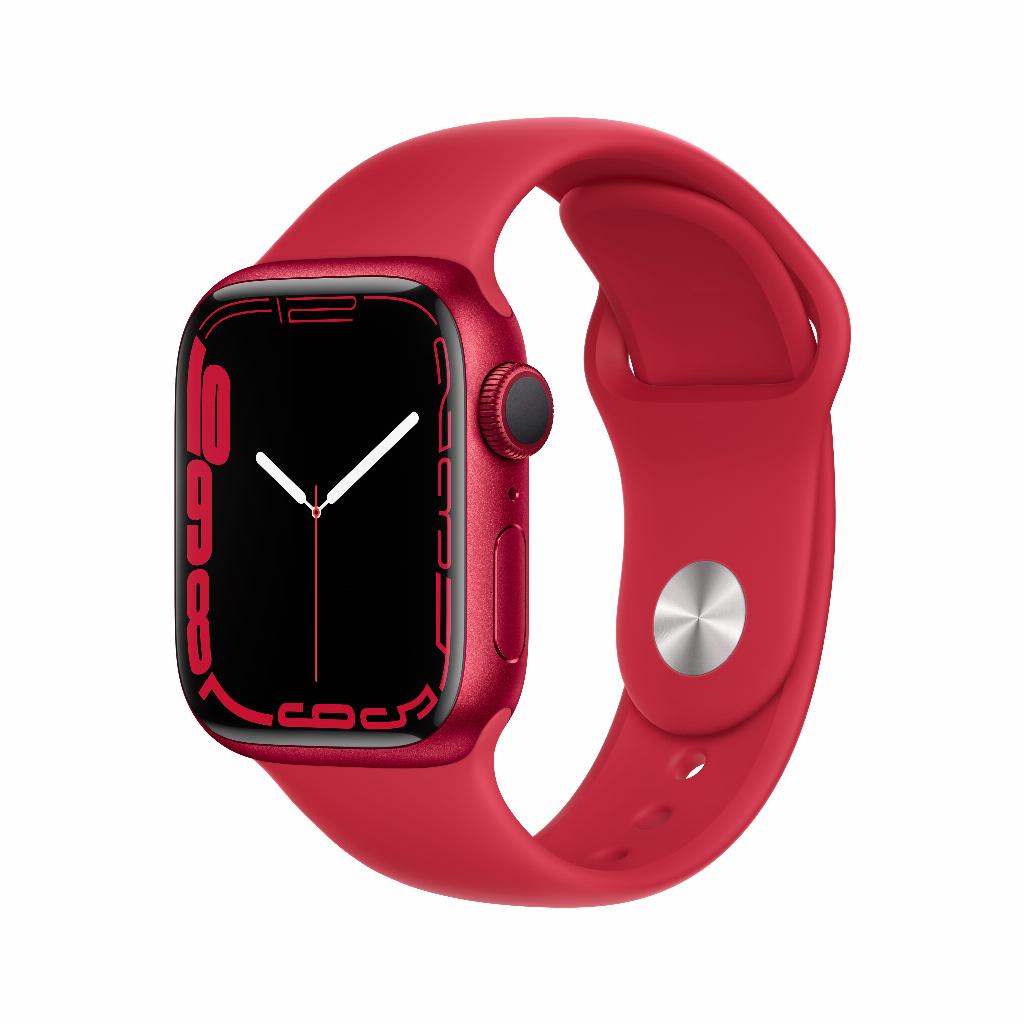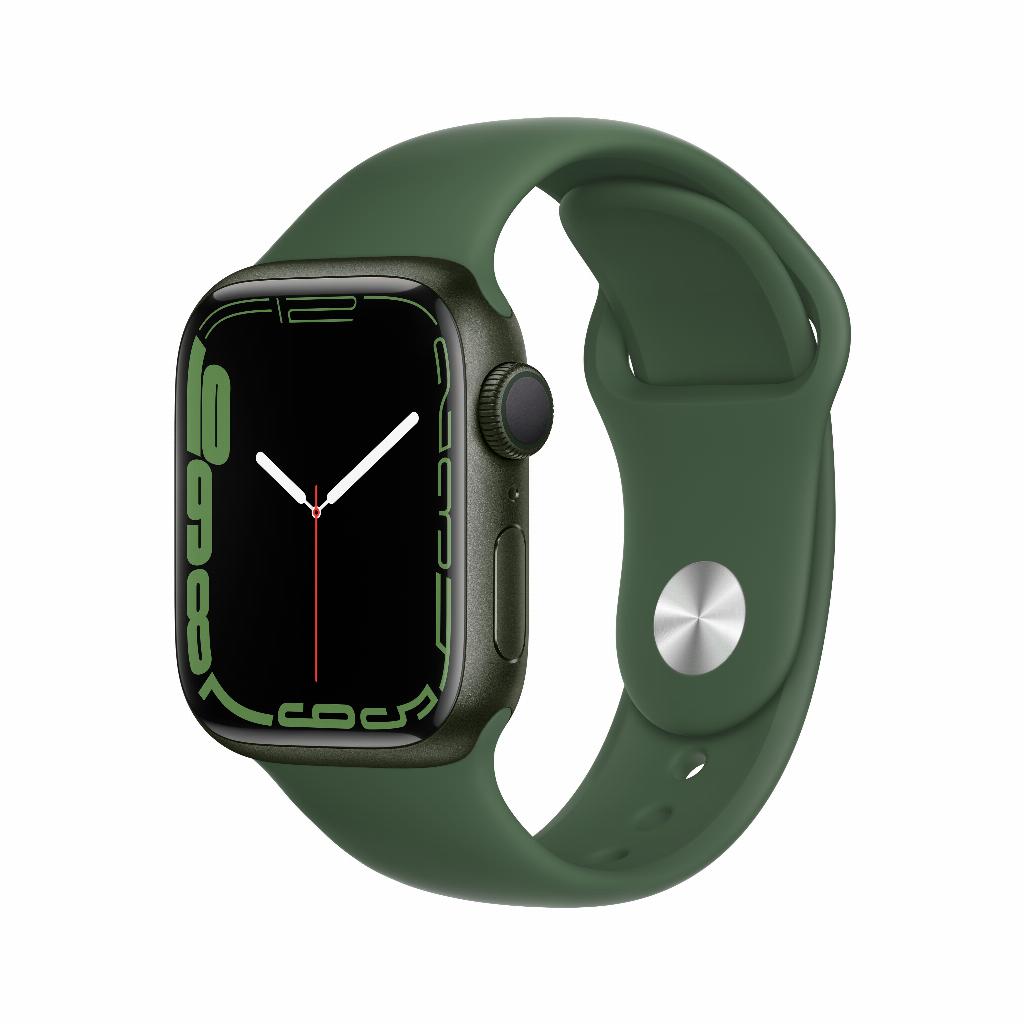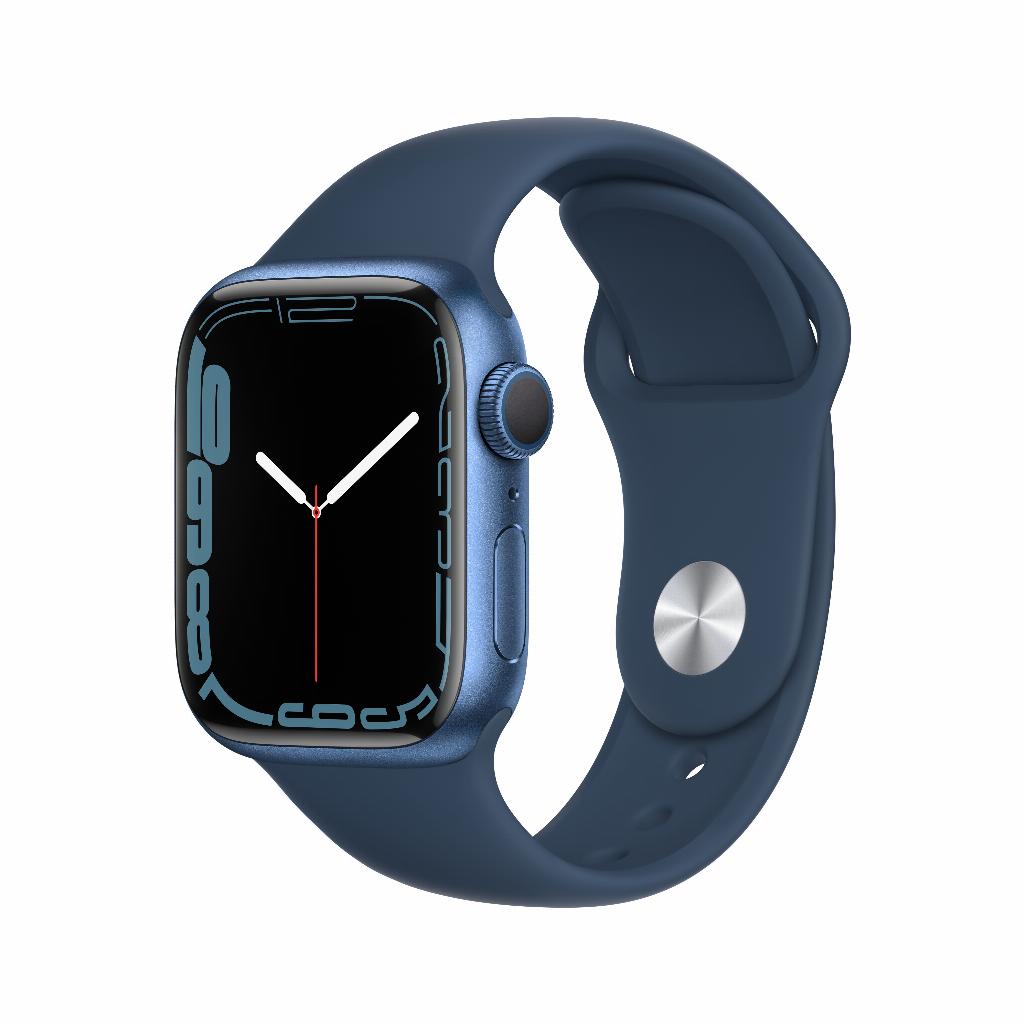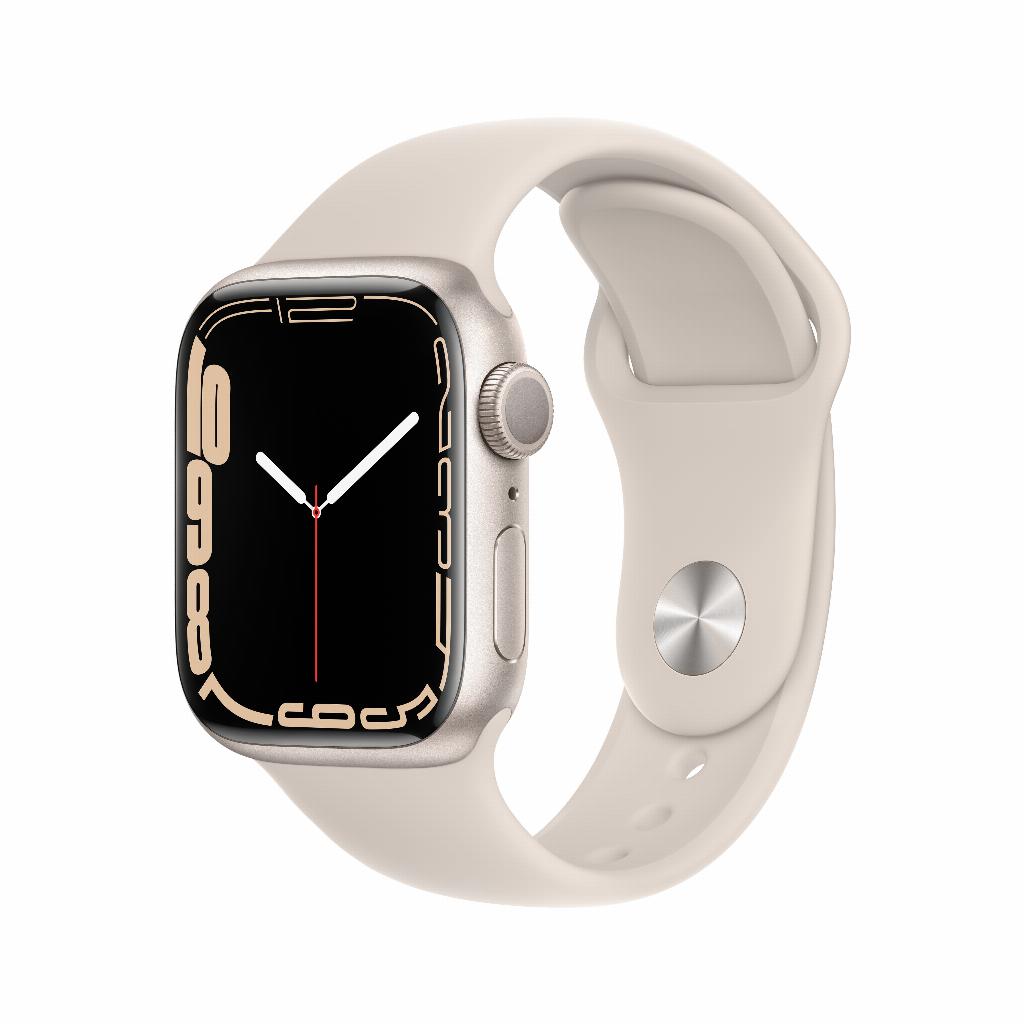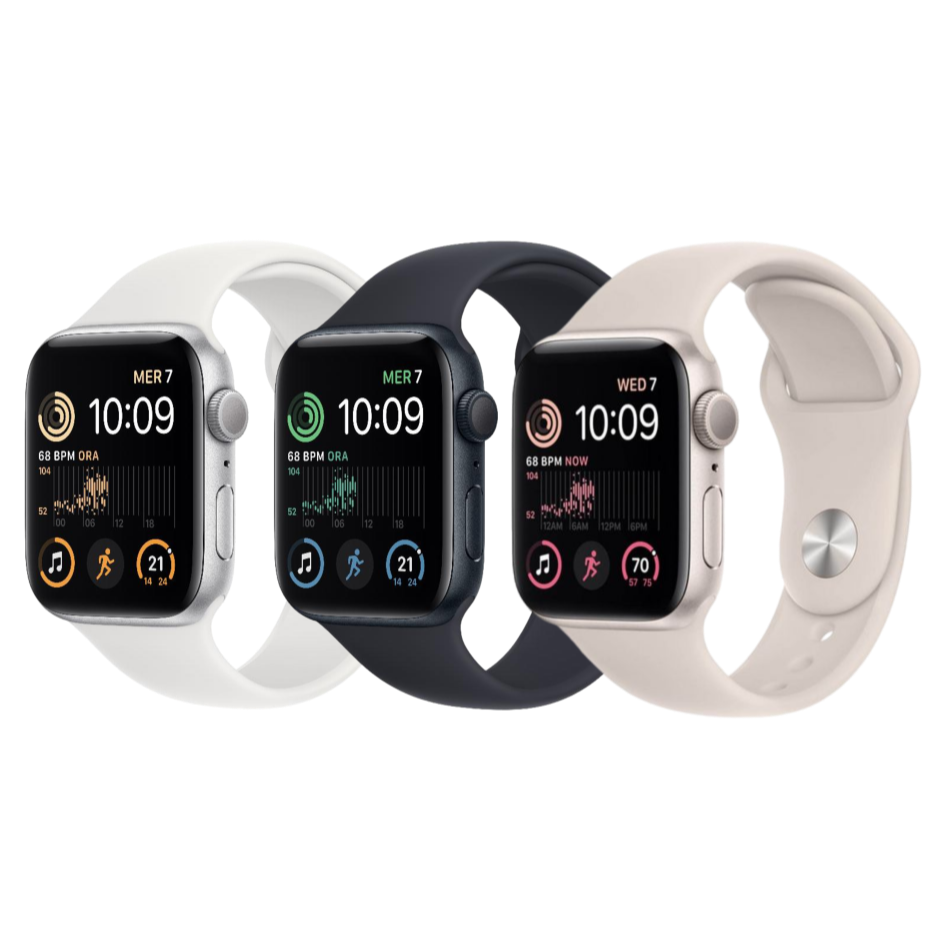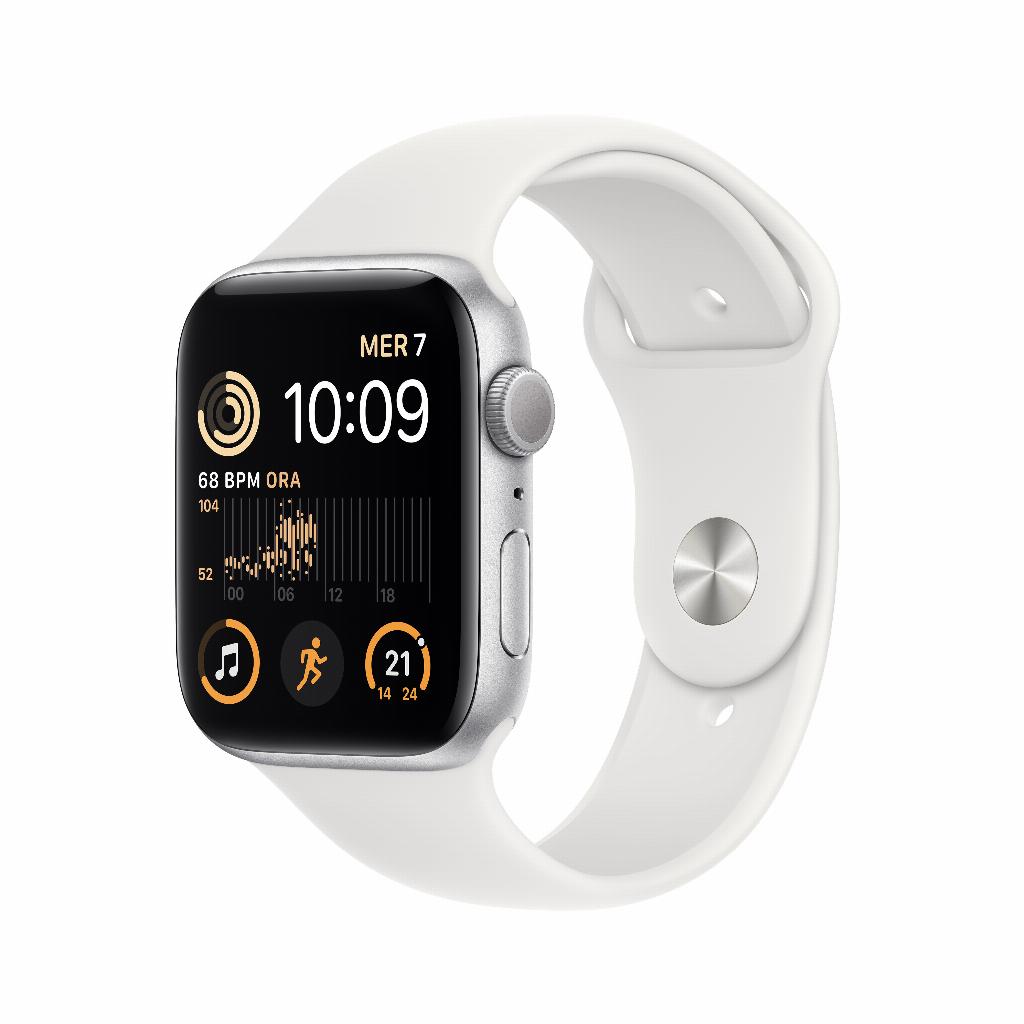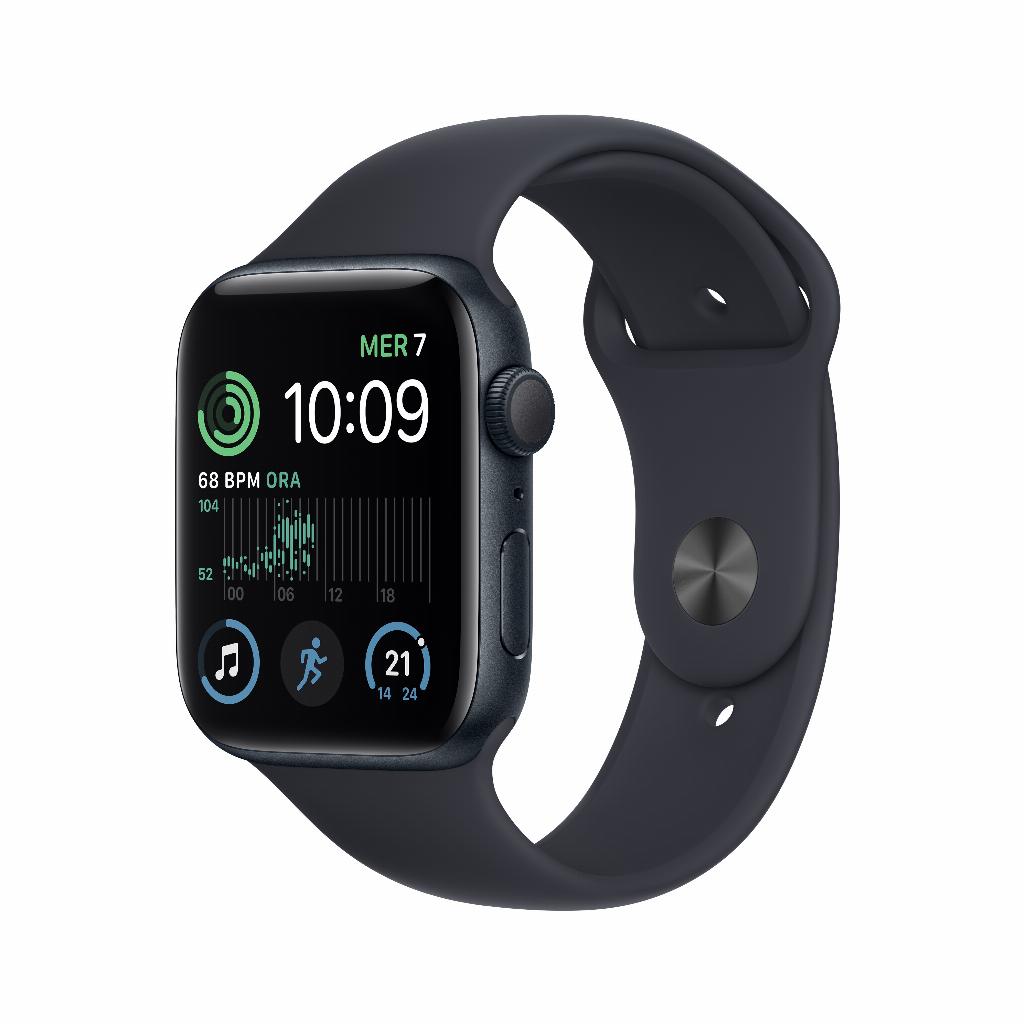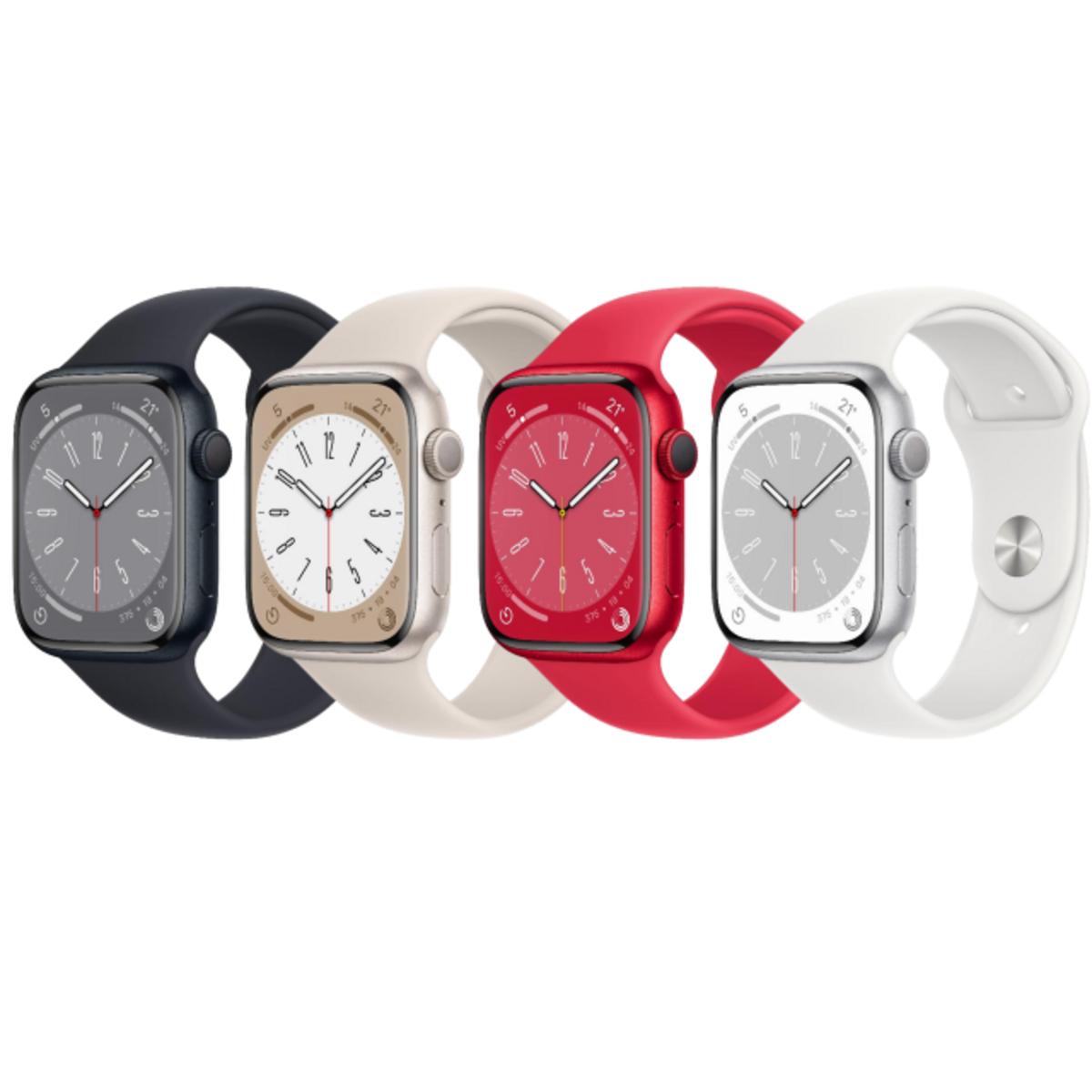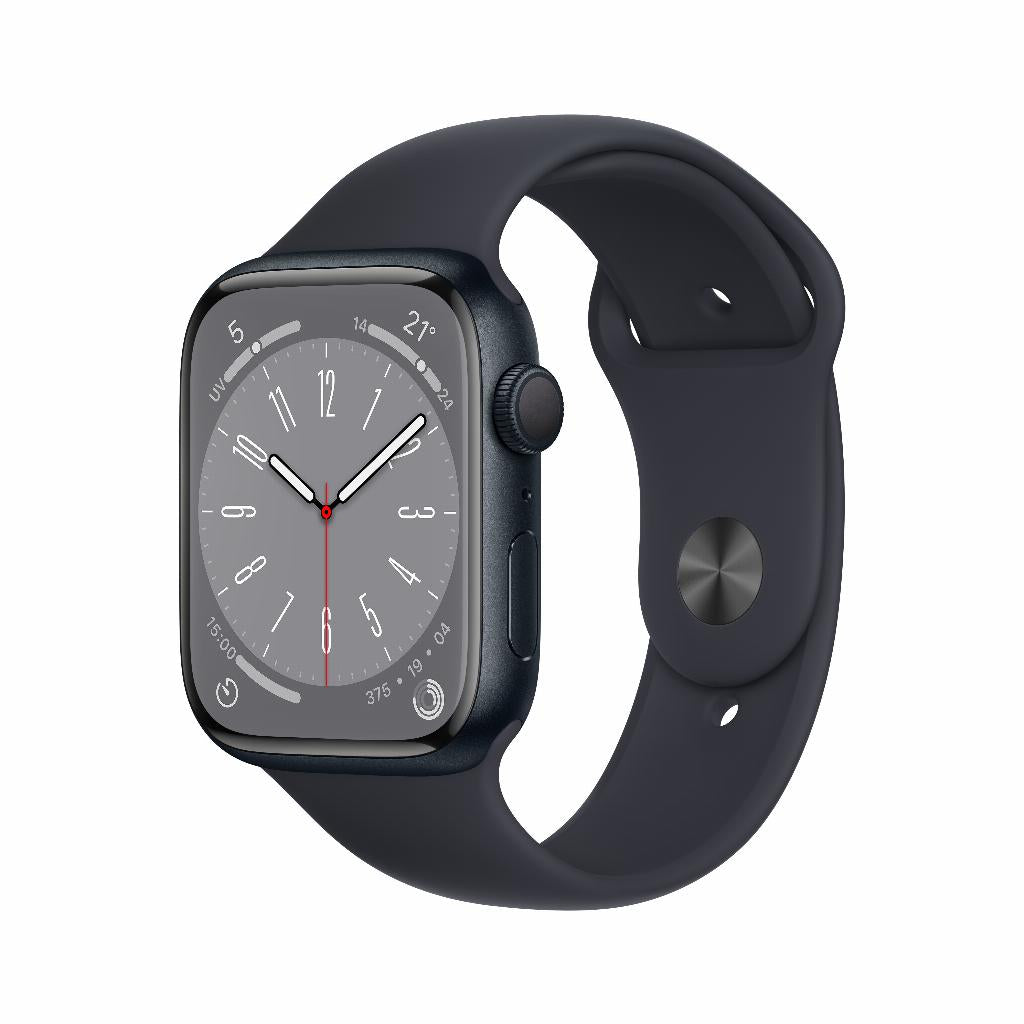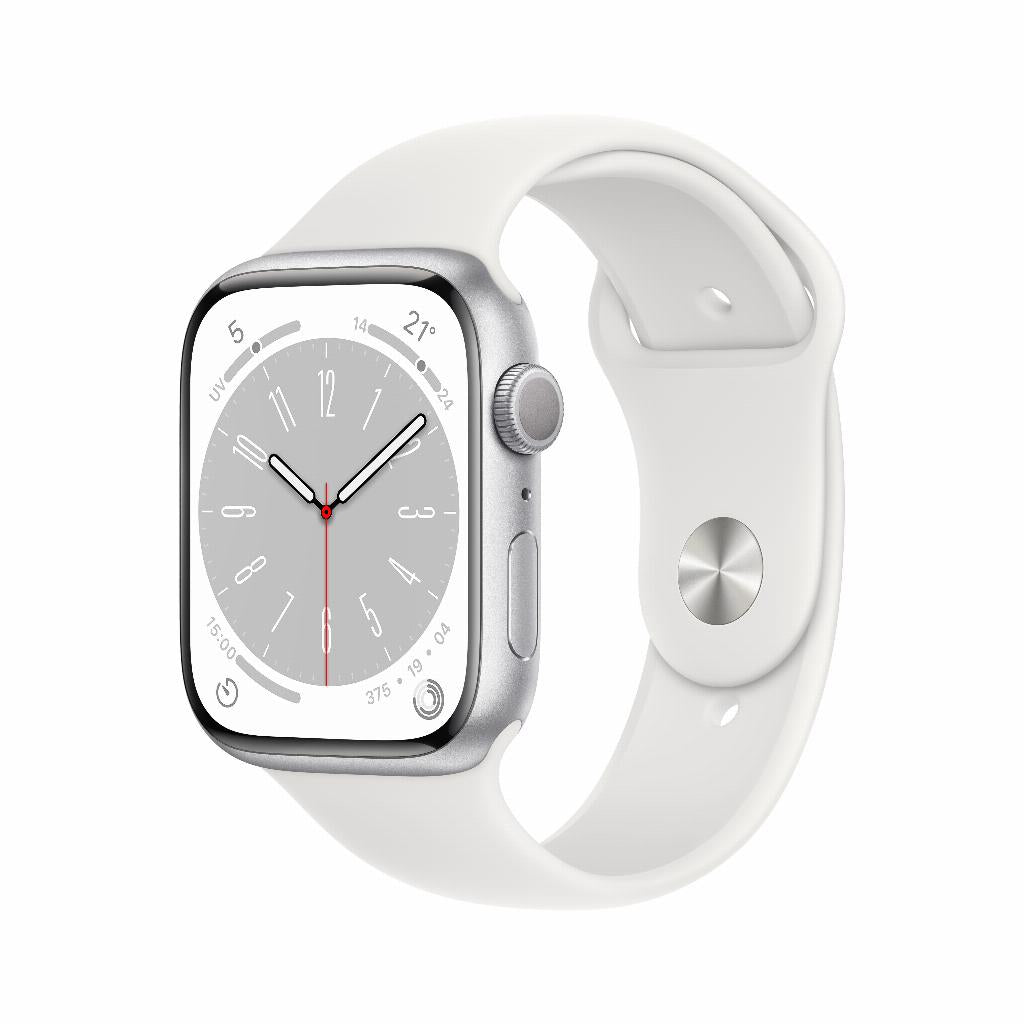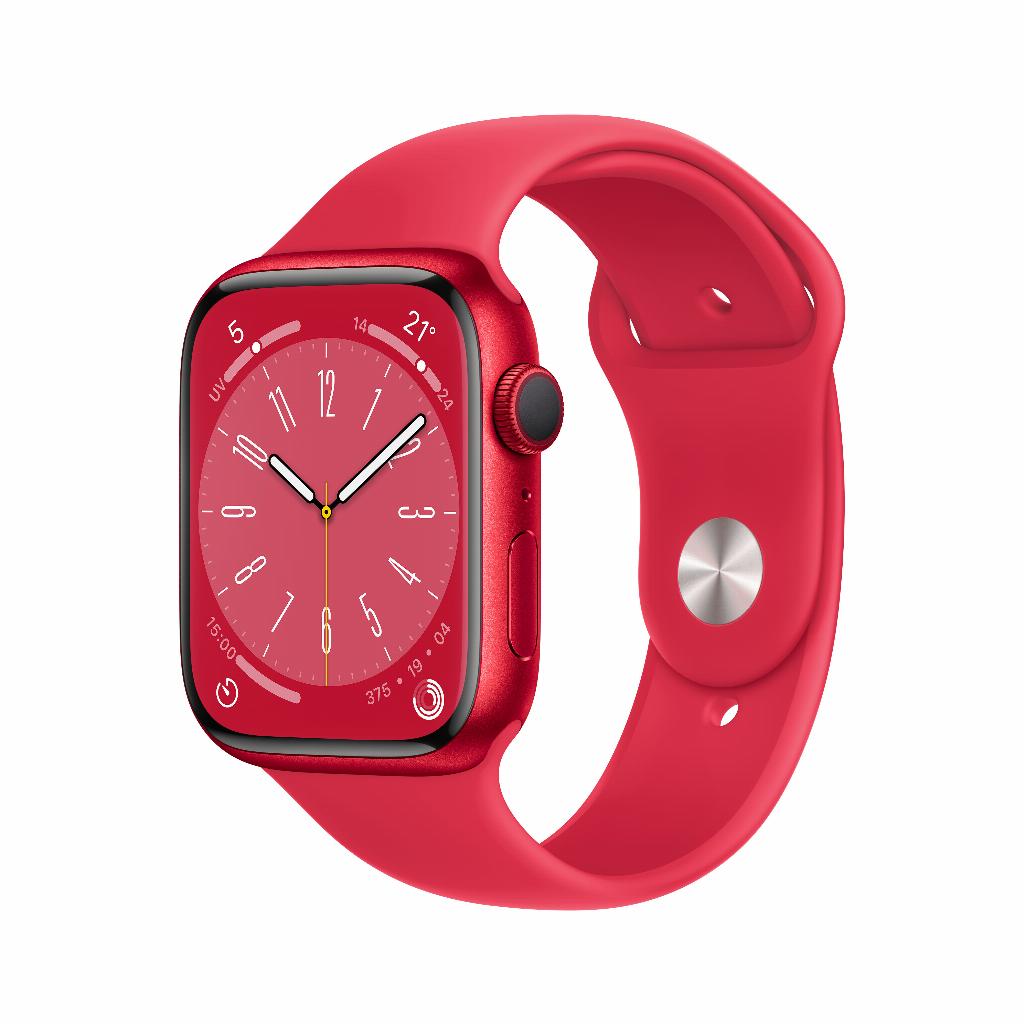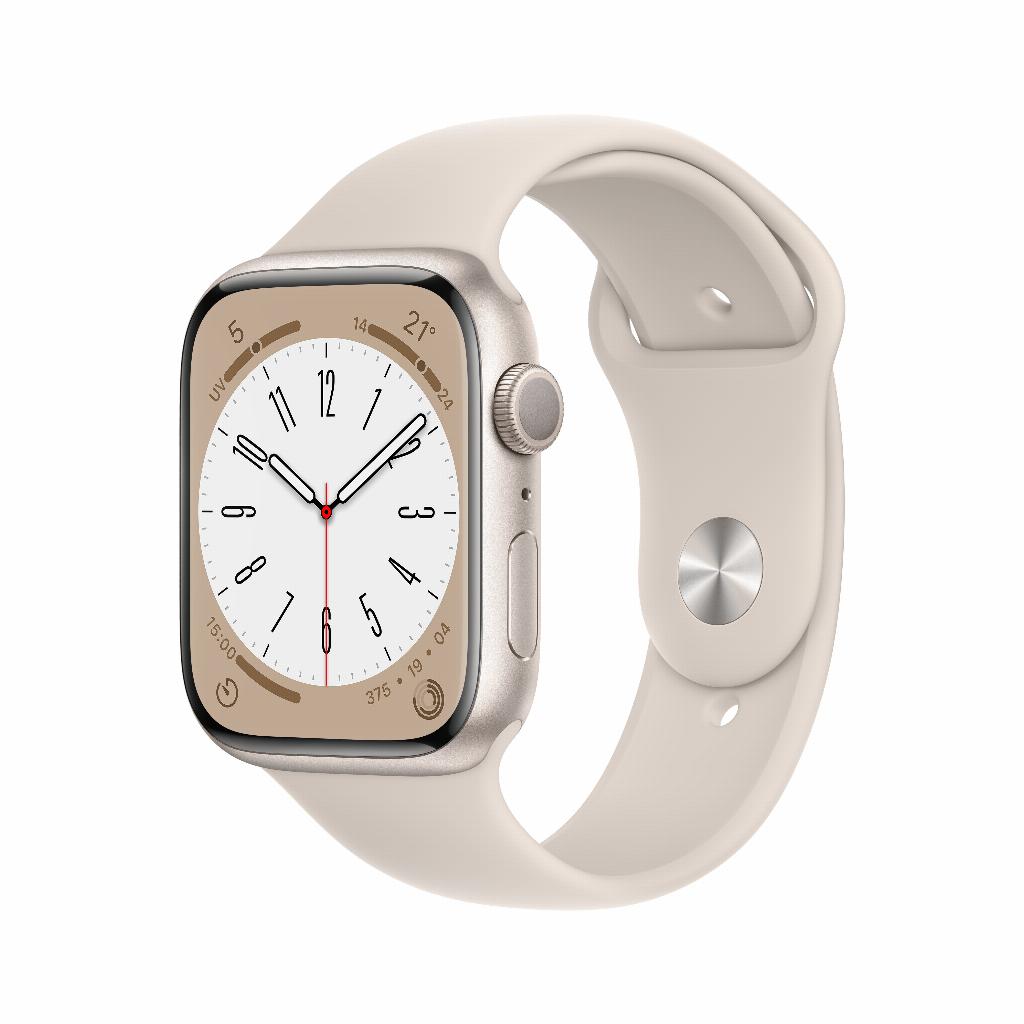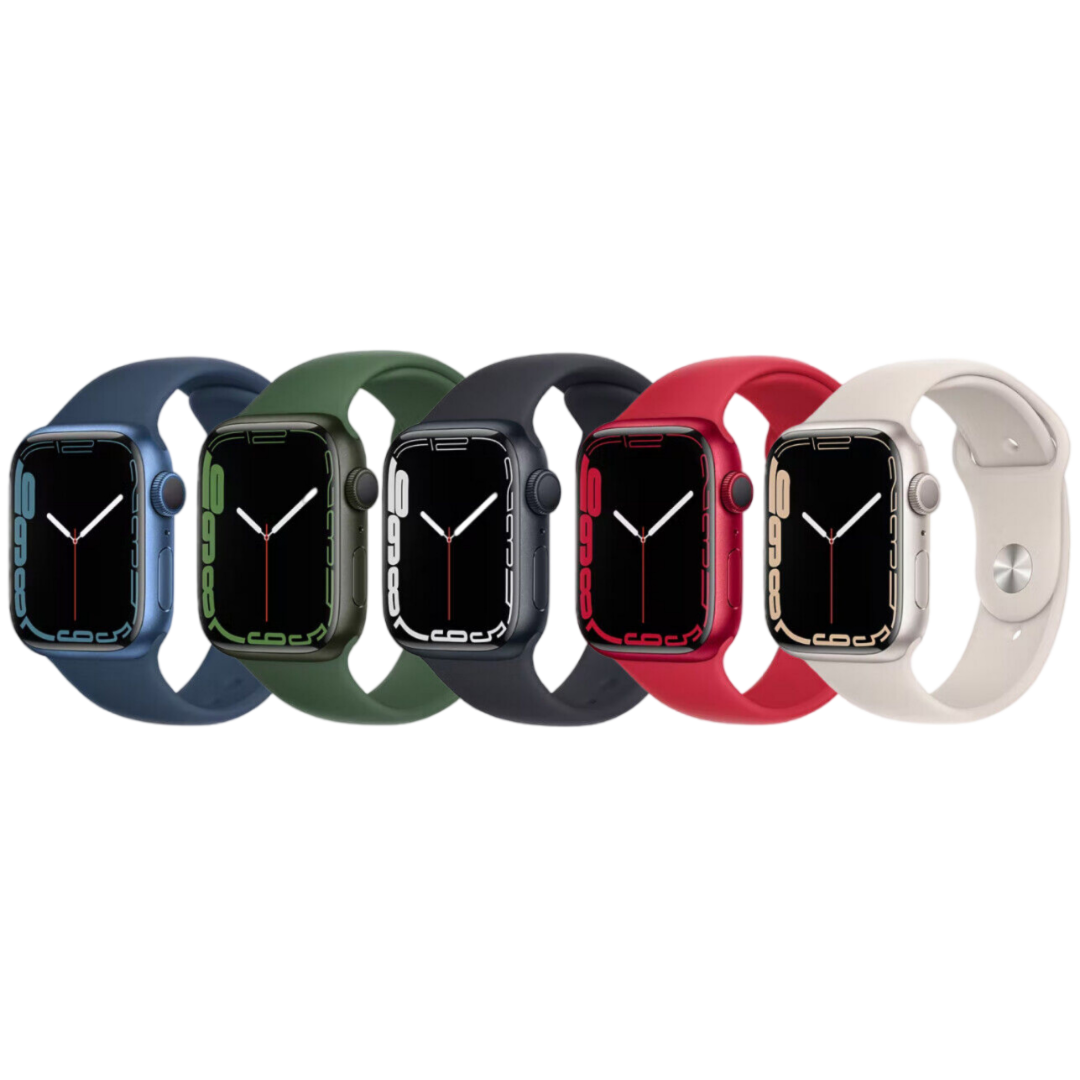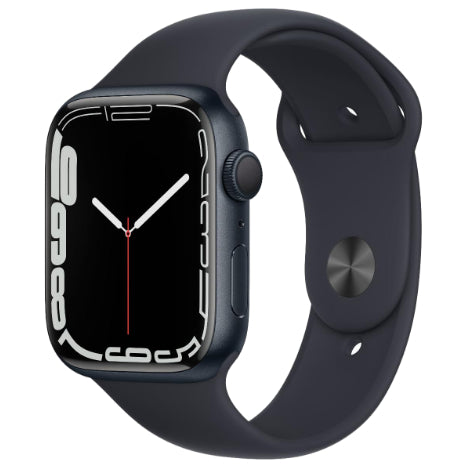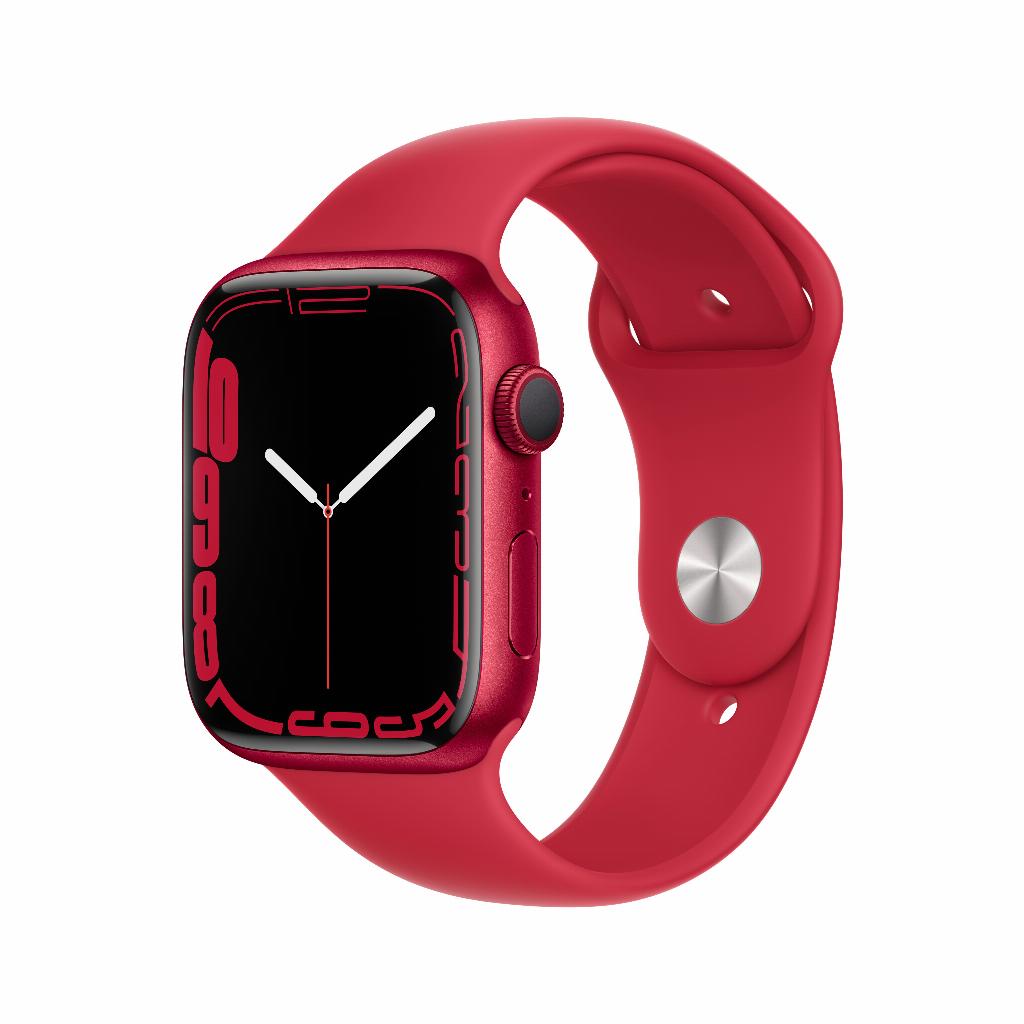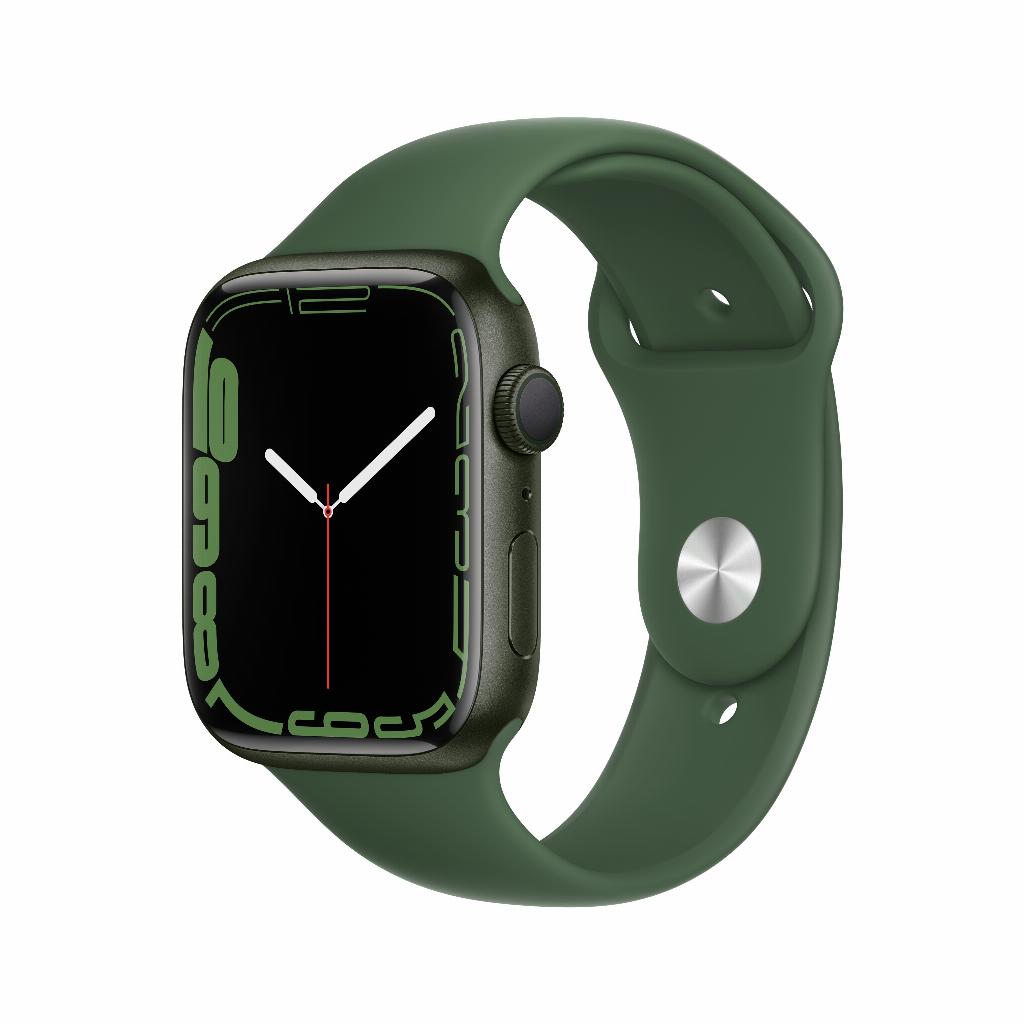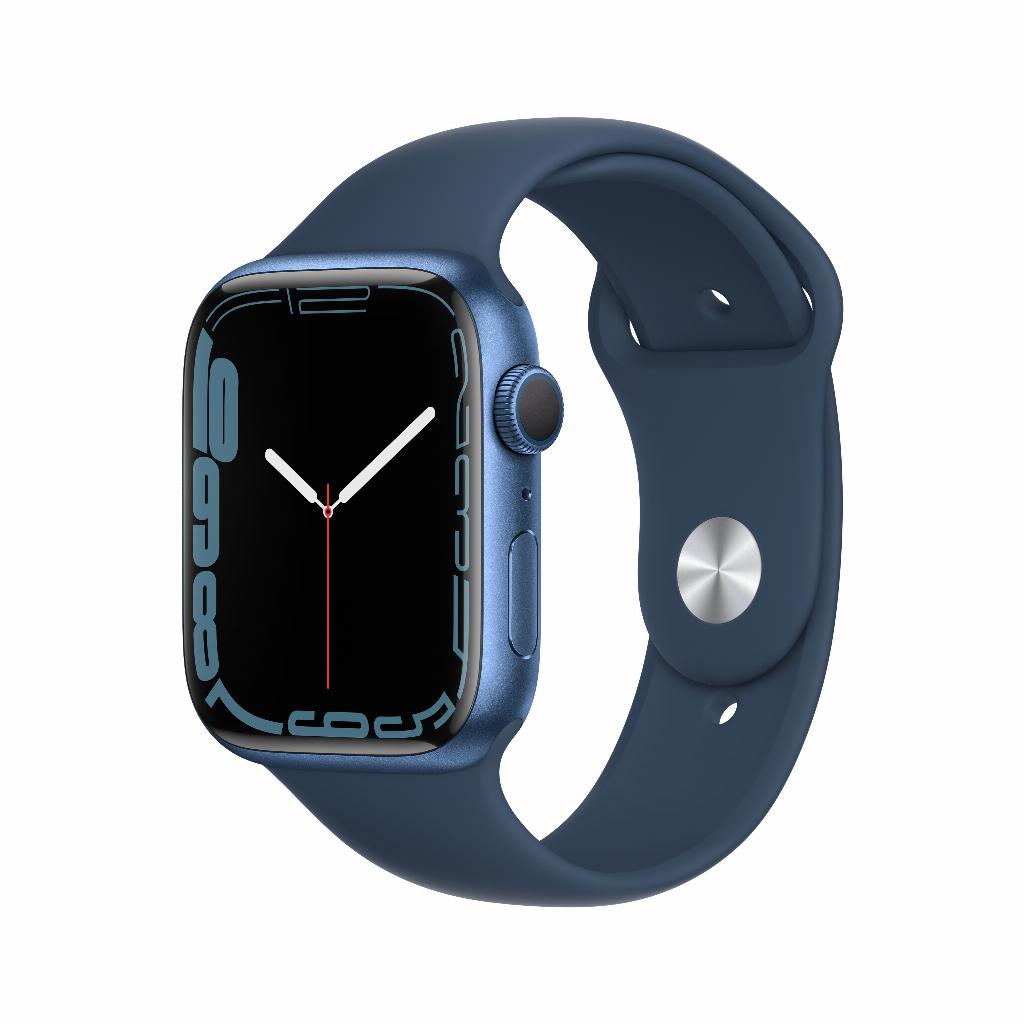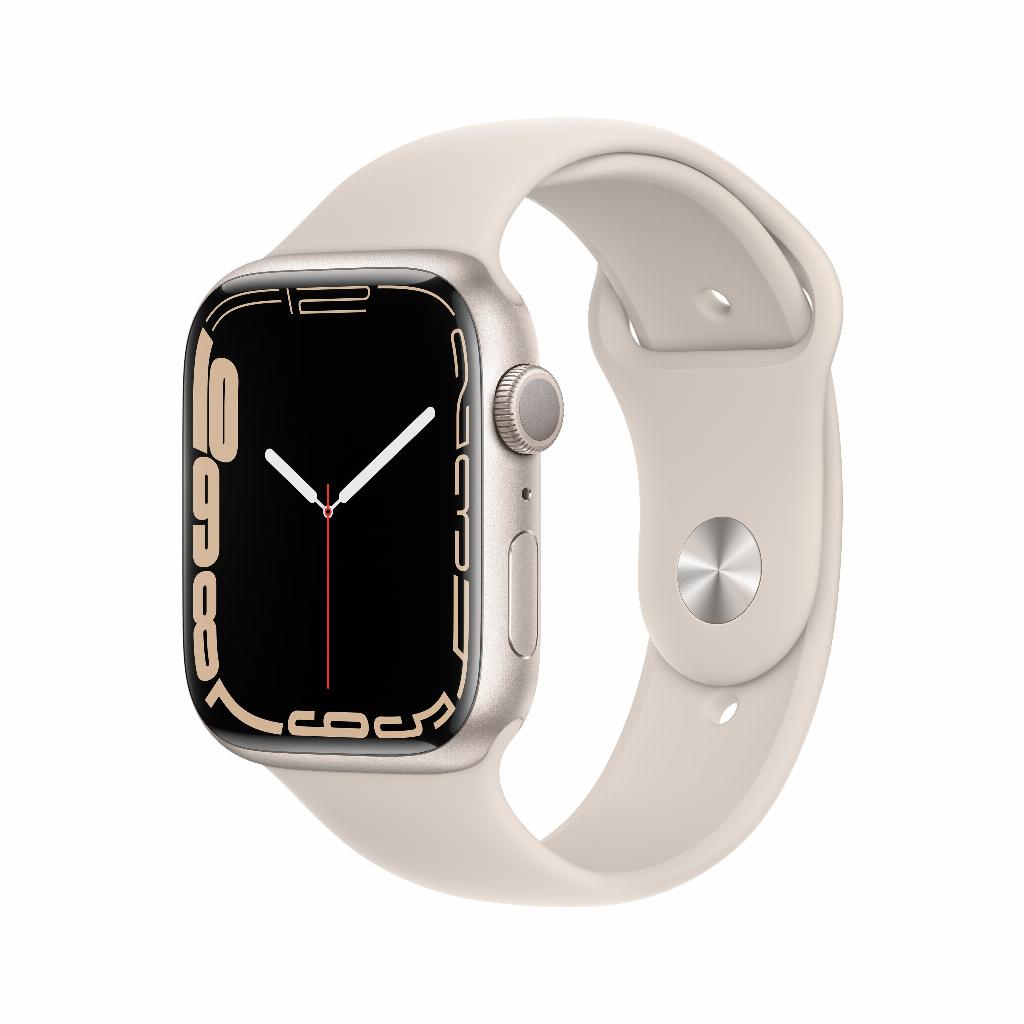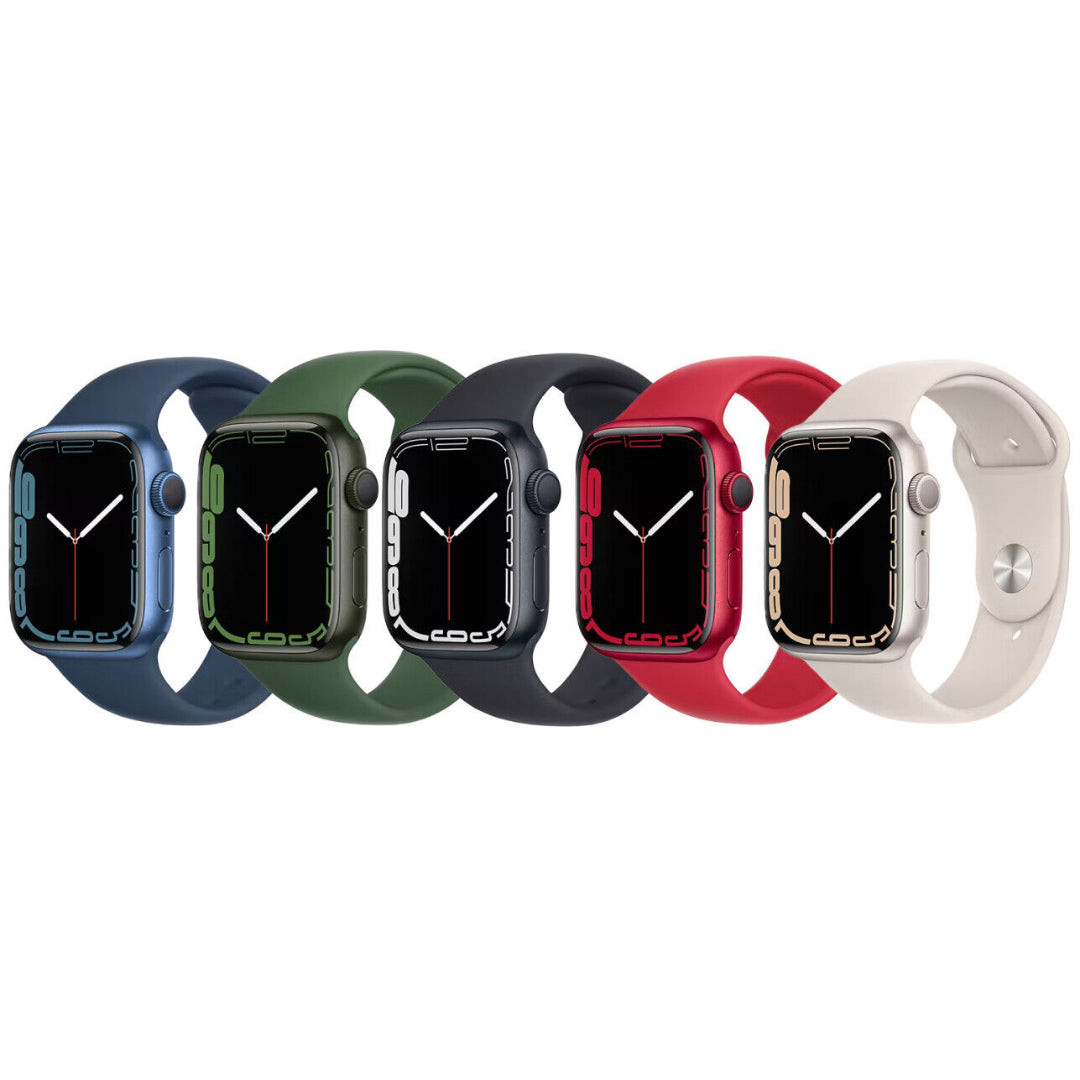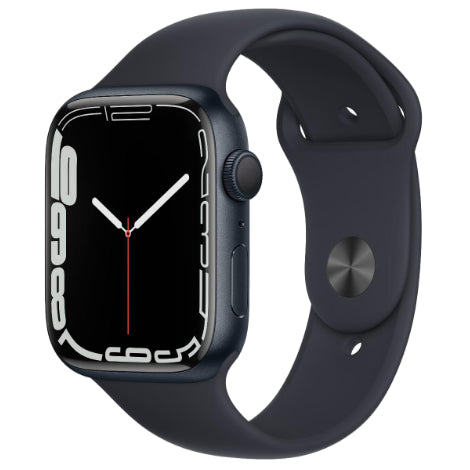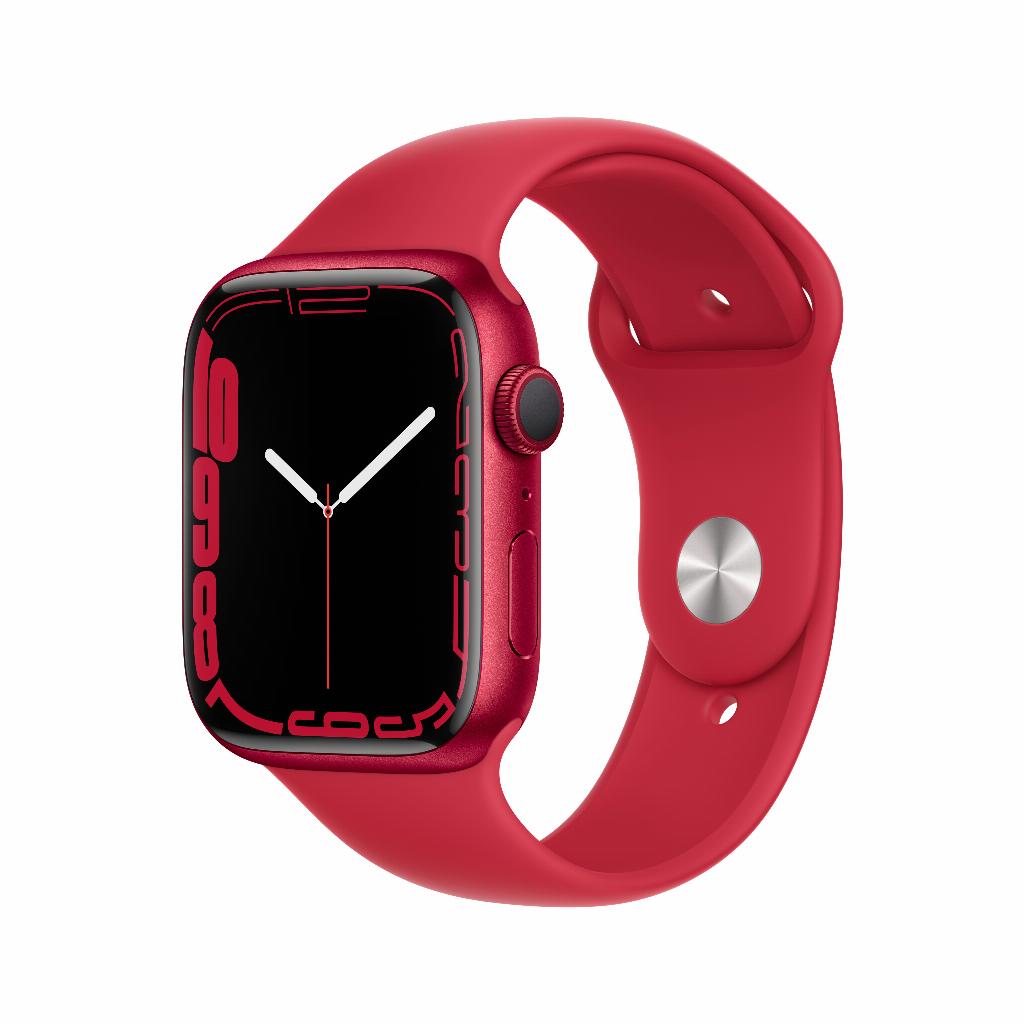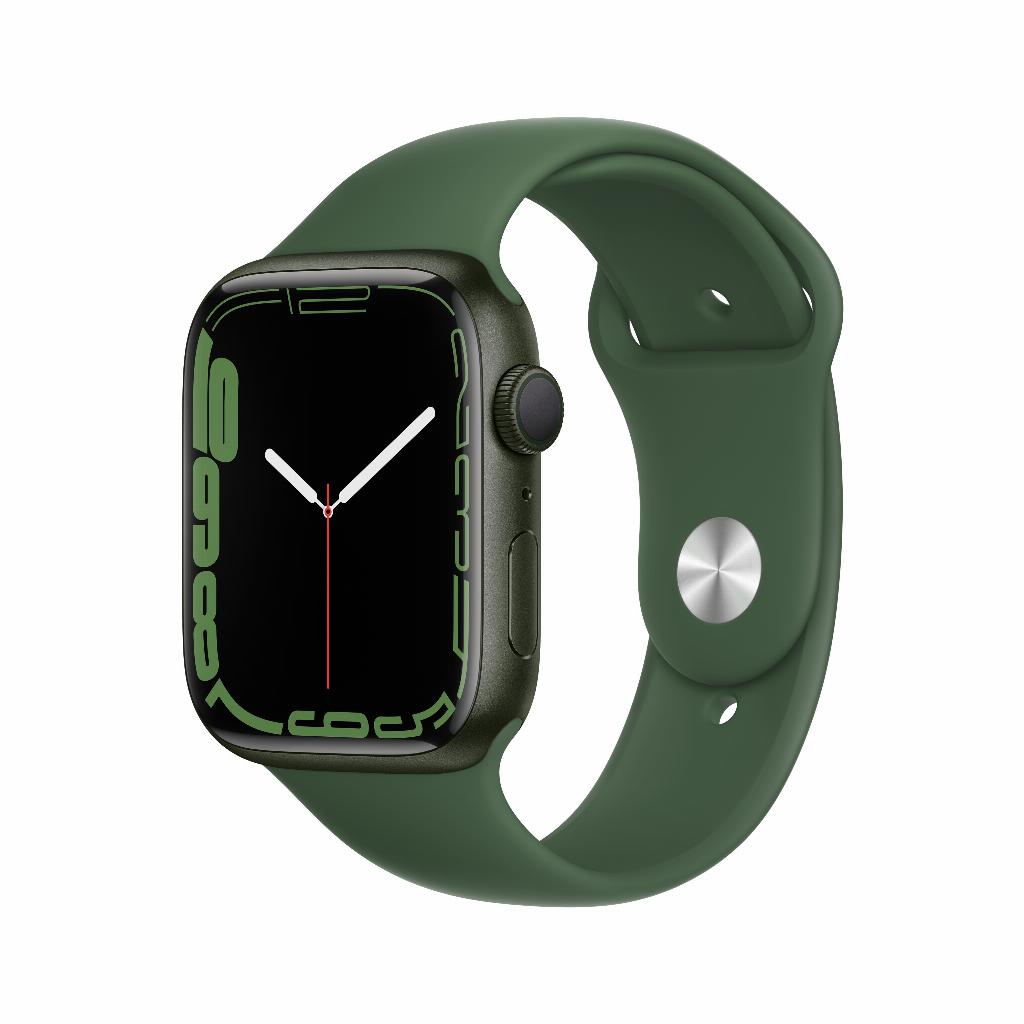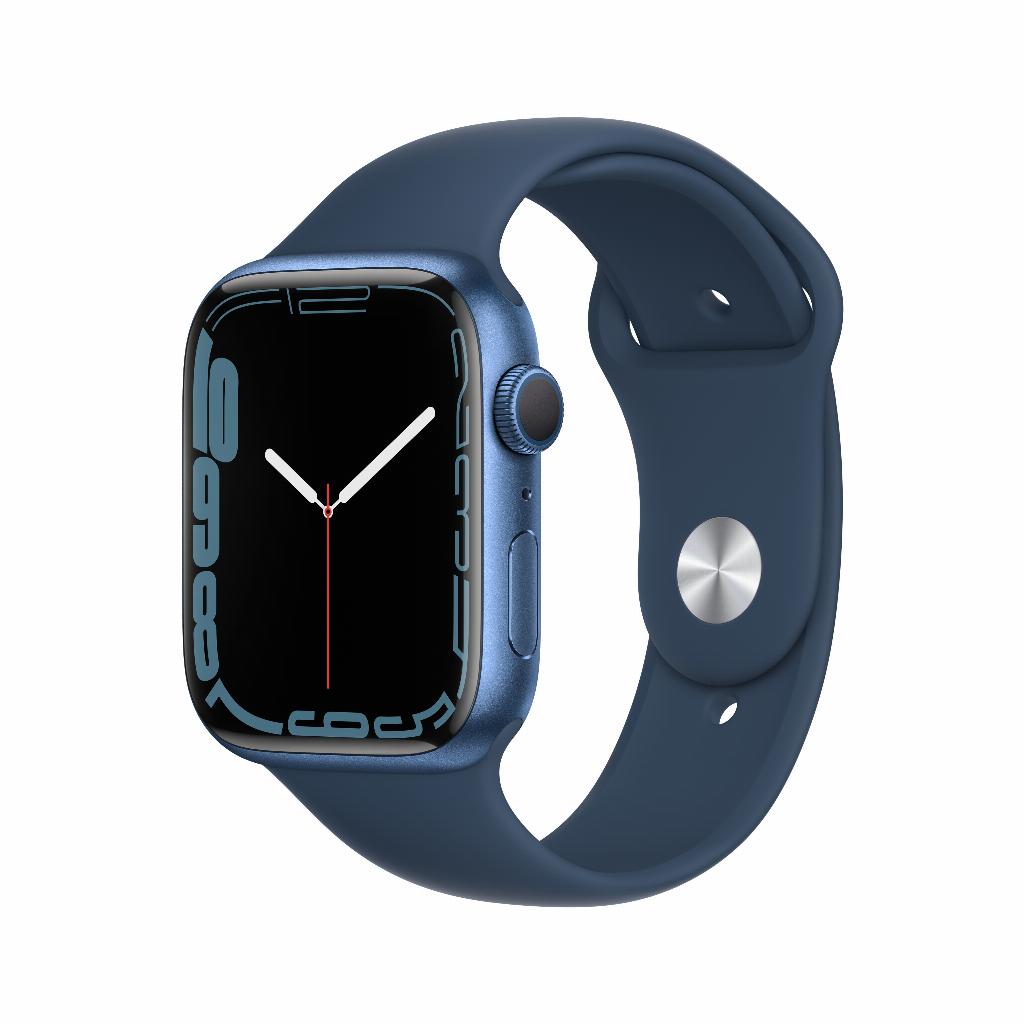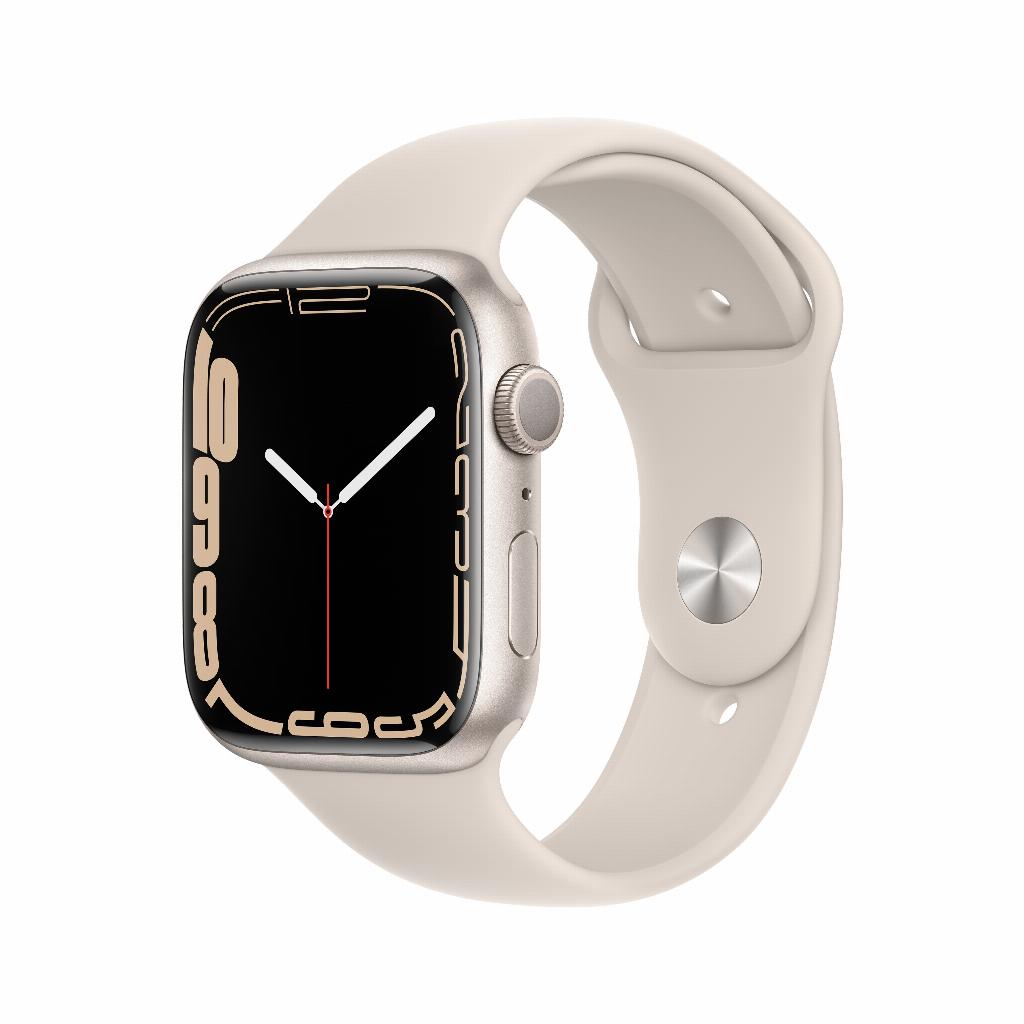Apple Watch freezes: The solution is simpler than you think
Your Apple Watch freezes. In the middle of your workout. Or during an important notification. Frustrating. You tap the screen, but nothing happens. Panic sets in: is your data gone? Is the device broken?
You're not alone in this problem—thousands of Apple Watch users Google for solutions every day. But here's what no one tells you: in 90% of cases, you can fix the problem within three minutes. No technician needed. No expensive repairs. And no data loss.
The secret isn't in complex tricks, but rather in the simplicity of the solution. While Apple Watch users are flocking to the store to take their watches or considering buying a new one, you can soon get back to business as usual. Because the solution is literally at your fingertips—you just need to know which buttons to press.
Useful links
The three steps to get your Apple Watch working again instantly
A frozen Apple Watch can have several causes, from a temporary software glitch to a malfunctioning app. The good news: in most cases, you can fix the problem yourself without any technical expertise. These three proven methods work for all Apple Watch models, from Series 3 to the latest Ultra version.
Step 1: Perform a soft restart
The first and most effective solution is a soft restart. This works in about 70% of cases where the watch freezes. Simultaneously press and hold the Digital Crown and the side button until you see the Apple logo. This takes about 10 seconds. Your device will restart without losing data. All your workouts, messages, and settings will be saved.
If this doesn't work right away, try again while your Apple Watch is on the charger. Sometimes the device just needs that extra bit of power to successfully restart. This method fixes most temporary software glitches that cause the crash.
Step 2: Remove problematic apps
If you notice the crashes keep happening when using a specific app, that's probably the problem. Open the Watch app on your iPhone and go to "My Watch." Scroll down until you see the list of installed apps. Remove the app that's causing the problem by disabling it or uninstalling it completely.
Popular apps like Spotify, Strava, or WhatsApp can sometimes conflict with watchOS after an update. Uninstalling and reinstalling the app will automatically download the latest version, which usually works better with your current watchOS version. Note: Uninstalling apps can cause local data loss, so sync with the cloud first if possible.
Step 3: Check available storage space
An often-overlooked problem is insufficient storage space. Your Apple Watch needs space to function smoothly. Go to Settings > General > About on your watch to check how much space is available. If there's less than 500 MB free, it's time to clear it out.
Delete old photos, music you no longer listen to, or podcasts you've already listened to. You can do this in the Watch app on your iPhone under "My Watch" > "Music" or "Photos." A clean device with sufficient free space crashes significantly less often.
Preventive measures to avoid crashes
Prevention is better than cure. By adopting a few simple habits, you can significantly reduce the chance of your Apple Watch crashing. Update watchOS regularly to the latest version. Apple fixes known bugs and improves stability with each update. Go to Settings > General > Software Update to check for available updates.
Restart your watch preventatively once a week. This clears temporary files and gives the system a fresh start. Just like your iPhone, this smartwatch also benefits from regular restarts. Make it a habit to do this while charging it overnight.
Limit the number of active complications on your watch face. Each complication requires continuous processing power and memory. Three to four complications is ideal for balancing functionality and performance. Only use complications from apps you actually use daily.
When professional help is needed
If your Apple Watch continues to freeze despite these steps, there might be a hardware issue. Signs of this include: the device becoming extremely hot, the battery draining unusually quickly, or the screen no longer responding to touch even after restarting.
In these cases, it's wise to contact Apple Support or a certified repairer. But before you take this step, consider a refurbished model from Leapp. These devices have been thoroughly tested and reconditioned, minimizing the risk of hardware problems. Moreover, you'll save significantly on the purchase price while getting the same functionality as a new model.
The benefits of a refurbished Apple Watch
A refurbished Apple Watch from Leapp offers several advantages. These watches undergo a comprehensive inspection, testing all components. Any weak parts are preventively replaced. This means you'll receive a device that's often technically more reliable than a used one from private individuals.
You also get a warranty on your purchase. Should anything go wrong, Leapp's customer service is ready to assist you. This provides peace of mind you don't get with second-hand purchases through Marktplaats. You can save up to 40% compared to the new price, while maintaining the same functionality.
Choosing refurbished is also a sustainable choice. By giving an existing device a second life, you reduce electronic waste and the demand for new raw materials. A win-win situation for your wallet and the environment.
Conclusion: a frozen Apple Watch is not a disaster
A frozen Apple Watch doesn't have to be a disaster. With the three steps outlined, you can usually fix the problem within minutes. Regular restarts , maintaining sufficient storage space, and keeping your apps up to date will prevent a lot of problems.
If the problem persists despite these measures, it's time for a replacement. A refurbished Apple Watch offers the same functionality as a new one, but for a fraction of the price. This way, you can stay connected without breaking the bank.


